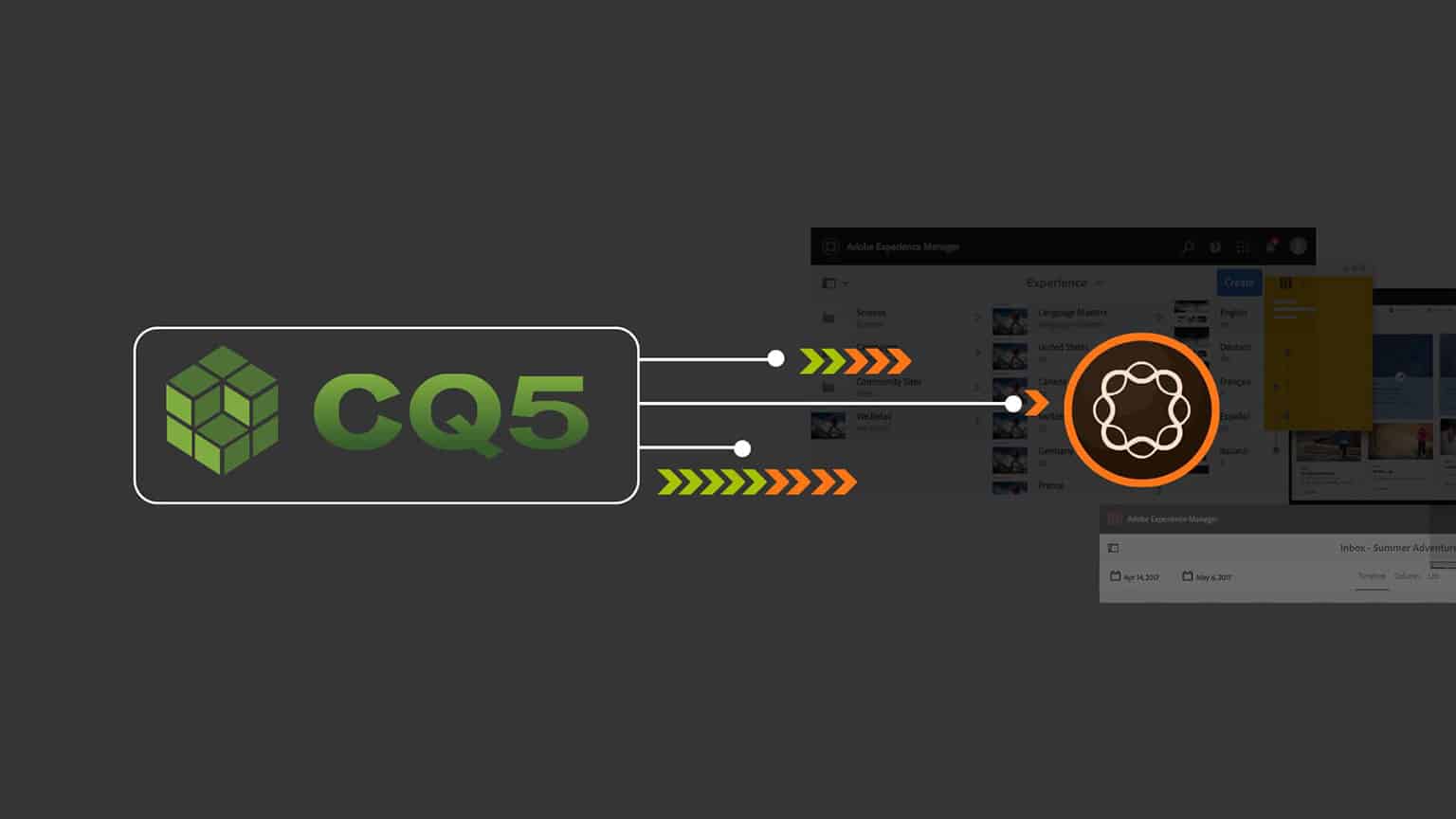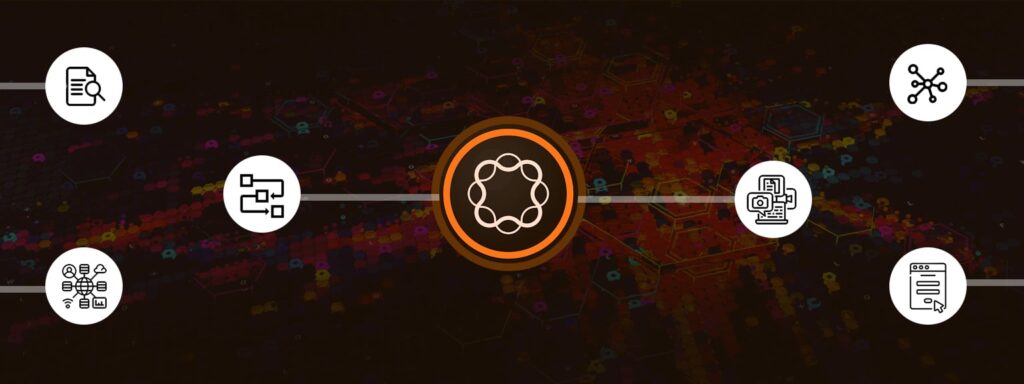
In today’s fast-paced digital age, customer expectations are changing daily. Most organizations are investing in new technologies to digitize their business in a way to reach the expectations of their customers. One such trending technology is Adobe Experience Manager (AEM), formerly known as Adobe CQ5.
AEM is a powerful platform with amazing features, such as drag-and-drop content authoring, digital asset management, multi-channel publishing, personalization, and analytics. You can integrate with other Adobe Marketing and Creative Cloud Products.
In this blog, we will go through AEM and discuss what it is, its history, technical background, benefits, and more.
What’s an AEM or Adobe CQ5?
Adobe Communique 5 (Adobe CQ5), currently known as Adobe Experience Manager (AEM), is a web-based content management system for high-end digital experiences. It allows businesses to create, manage, and deliver digital content across various channels such as web, mobile, and social platforms. It also helps in creating, editing, and publishing content along with digital assets and workflow management.
It supports a range of analytics and personalization tools, which enable organizations to track user behavior, segment audiences, and deliver personalized experiences based on user data. Adobe AEM also helps businesses to drive sales by attracting customers’ attention.

History
AEM has a quite complex history starting with CQ5, which is a version of Day CQ portfolio developed by a Swiss-based software company Day Software in 2008, following Day CQ 3.5, 4.0, 4.1, and 4.2. Adobe Systems renamed Day CQ5 as Adobe CQ5 after acquiring Day Software in 2010. Following the release of the fifth version of CQ5 i.e., 5.5, Adobe renamed it as Adobe Experience Manager (AEM) in 2013 with a sixth version AEM 5.6. Since then, Adobe released various versions of AEM and the latest is 6.5.
After the acquisition, Adobe integrated it into its existing suite of marketing and creative tools, including Adobe Marketing Cloud, Adobe Creative Cloud, and Adobe Analytics. In 2013, the first version of AEM as a standalone product has been released that can be used without Adobe’s other marketing tools.
Adobe keeps enhancing AEM’s capabilities and adding new features such as digital asset management, social media integration, and mobile app development. Now, its cloud version is also available. Adobe continues to work on AEM’s development while focusing on its cloud capabilities, AI and machine learning capabilities, and integration with other Adobe products and services.
Technical Background
The server of AEM is platform-independent as it is based on Java. AEM is also based on the Apache Sling web framework that simplifies the development of RESTful web applications.
It is an integration of both application-level, as well as infrastructure-level functions.
At the application level, it enables users to manage content, mobile apps, digital assets, websites, e-commerce, social communities, and more.
At the infrastructure level, it can be deployed in a standalone mode or as a web application in a third-party server. The Sling Web Application Framework can reduce the overhead of developing content-oriented applications and store all the data (from authors) and code (from developers) on its Java Content Repository (JCR) database.
All in all, its technical architecture is designed to offer a flexible, scalable, and customizable platform for digital content management and delivery.
Benefits of Using AEM
AEM helps in web content management and digital experience delivery. Here are some of the key advantages:
- Robust Content Management
It offers a robust set of tools for content creation, management, and delivery. Content creators can easily create and edit content using these tools while providing workflows for approval and publishing.
- Build Amazing Websites
Develop high-end websites for all types of devices to manage on-site and in-store experiences by using different methodologies. It helps companies increase sales.
- Digital Forms
Use digital forms from AEM to provide a user-friendly experience to the end users and can also offer quick responses after submission.
- App Promotion
Edit interfaces of mobile apps provided by Adobe CQ5 to change data, import digital assets from other mediums, and improve the performance of apps to promote a brand.
- Build a Brand
Build their brand by using AEM brand marketing capabilities to create streamline for brand assets approval; search, deliver and organize brand assets; and also share personalized experiences to target channels and more
- Multi-Channel Delivery
It enables content delivery across multiple channels, including websites, mobile apps, and social media platforms. Brands can deliver a consistent experience across all touchpoints to their customers.
- Personalization
AEM can help you increase engagement and conversion rates with its built-in personalization capabilities that allow marketers to deliver personalized content to different user segments based on factors such as demographics, behavior, and location.
- Integration with Creative Tools
AEM can easily integrate with creative tools such as Adobe Creative Cloud, allowing designers and developers to work seamlessly within the same platform.
- Scalability
AEM is based on a scalable architecture that enables it to handle high volumes of content and traffic. This makes it a good fit for any organization that has complex digital experience requirements.
- Flexibility
As it is highly customizable so it can be tailored to meet your specific needs including customizing workflows, templates, and integrations.

AEM’s Future Scope
The digital landscape continues to evolve with an emphasis on delivering personalized and omnichannel experiences to customers. So, AEM is also expected to continue to evolve and play an important role in the digital experience platform (DXP) market.
Adobe has already introduced cloud-based versions of AEM- Adobe Experience Manager Sites as a cloud service and Adobe Experience Manager Assets as a cloud service. Its AI and ML capabilities such as Smart Tags for image recognition already enhance the user’s experiences. Additionally, AEM’s capabilities in this area, such as its audience segmentation and personalization tools, are likely to become increasingly important for organizations looking to stay ahead of the competition.
All in all, we can expect AEM to continue to be an important player in the DXP market, with a focus on cloud-based solutions, AI and ML capabilities, and delivering personalized, omnichannel experiences to customers.
If you need any help with AEM integration, implementation, and usage, connect to our experts at info@nextrow.com.
Get In Touch
Driving business growth by transforming challenges into opportunities with innovative, tailored solutions that deliver measurable results.

